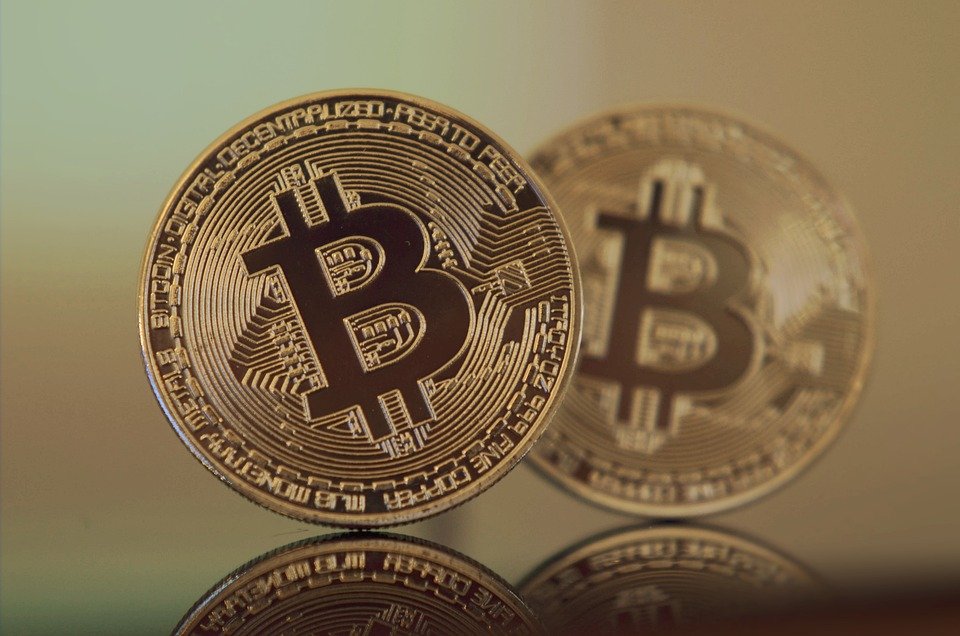Metaverse NFTs: Unlocking New Opportunities for Virtual Commerce
The rise of non-fungible tokens (NFTs) has taken the world by storm, revolutionizing the way we think about digital ownership and value. NFTs have primarily been associated with the art world, allowing artists to tokenize and sell their digital creations. However, NFTs have far-reaching implications beyond the art market, particularly in the emerging realm of the Metaverse.
The Metaverse refers to a Virtual reality space where users can interact with a computer-generated environment and other users in real-time. It is a fully immersive and interactive digital universe that blurs the lines between physical and Virtual reality. Companies like Facebook, with their recent rebrand to Meta, are heavily investing in building the Metaverse of the future.
NFTs in the Metaverse have the potential to unlock new opportunities for virtual commerce. Just as physical stores and marketplaces provide a space for buying and selling tangible goods, the Metaverse can become a hub for virtual items and experiences. NFTs allow for the creation and ownership of unique digital assets, such as virtual land, virtual fashion, virtual art, and even virtual experiences like concerts or events.
One of the most exciting aspects of Metaverse NFTs is the concept of virtual land ownership. In the Metaverse, virtual land functions similarly to real-world property. Users can buy, sell, and develop virtual real estate, creating a virtual economy. With NFTs, these virtual lands can be tokenized and traded on blockchain platforms, ensuring secure ownership and transferability. This opens up a whole new market for virtual real estate developers, creating a digital property market that could rival its physical counterpart.
Virtual fashion is another area where Metaverse NFTs can thrive. Just as people buy and wear clothes in the physical world, virtual fashion allows users to dress up their avatars in the Metaverse. NFTs enable the creation and ownership of unique virtual fashion items that can be bought and sold. Luxury brands like Gucci and Louis Vuitton have already entered the Metaverse fashion space, collaborating with virtual platforms to release limited-edition NFT clothing collections. This convergence of fashion and technology presents new avenues for creativity and expression, as well as lucrative business opportunities.
Artists and creators also benefit from Metaverse NFTs. By tokenizing their digital artwork, they can sell their creations directly to collectors in the Metaverse. This eliminates the need for intermediaries like galleries or auction houses, giving artists more control over their work and revenue. Additionally, creators can earn royalties every time their NFT is sold or used in the Metaverse, creating a sustainable income stream.
The potential applications of Metaverse NFTs extend beyond virtual land, fashion, and art. Virtual experiences, such as virtual concerts or events, can be tokenized as NFTs, allowing users to attend and participate in exclusive virtual gatherings. Brands can also leverage NFTs to create virtual product launches or limited-edition items, engaging with their audience in new and immersive ways.
While Metaverse NFTs hold immense promise, there are challenges that need to be addressed. Scalability, accessibility, and environmental concerns surrounding the energy consumption of blockchain networks are some of the key issues that need to be overcome for widespread adoption.
In conclusion, Metaverse NFTs are unlocking new opportunities for virtual commerce, transforming the way we buy, sell, and own digital assets. The Metaverse presents a vast and untapped market for virtual goods and experiences, and NFTs provide the necessary infrastructure for secure ownership and transferability. As the Metaverse continues to evolve, we can expect to see an explosion of creative and entrepreneurial endeavors, driving the future of virtual commerce.

